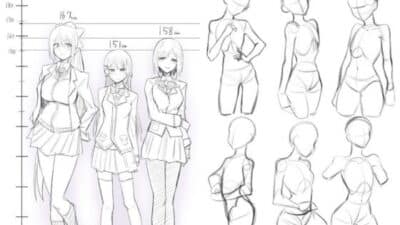Drawing a crying face can help artists show real emotions like sadness, surprise, or pain. It’s all about capturing the right details, such as the eyes, tears, and mouth expression. The key to drawing a convincing crying face is focusing on the eyes, adding tears, and shaping the mouth to match the feeling.
Many artists use simple guidelines to place the eyes, nose, and mouth before adding emotions. Soft pencil strokes or careful shading can make the expression look natural. Whether someone is drawing a cartoon or a more realistic face, these basic steps help bring the feeling to life.
People who are new to drawing can start with easy sketches and slowly build up the details. Watching tutorials or studying photos can make it easier to understand how to show tears and facial muscles. This practice makes creating a crying face less intimidating and more fun.
Essentials of Crying Face Drawing
A crying face shows strong emotions through specific shapes and details. Important parts include the shape of the face, the eyes, eyebrows, and mouth. The right tools and basic knowledge of facial features help bring these feelings to life on paper.
Fundamental Facial Anatomy
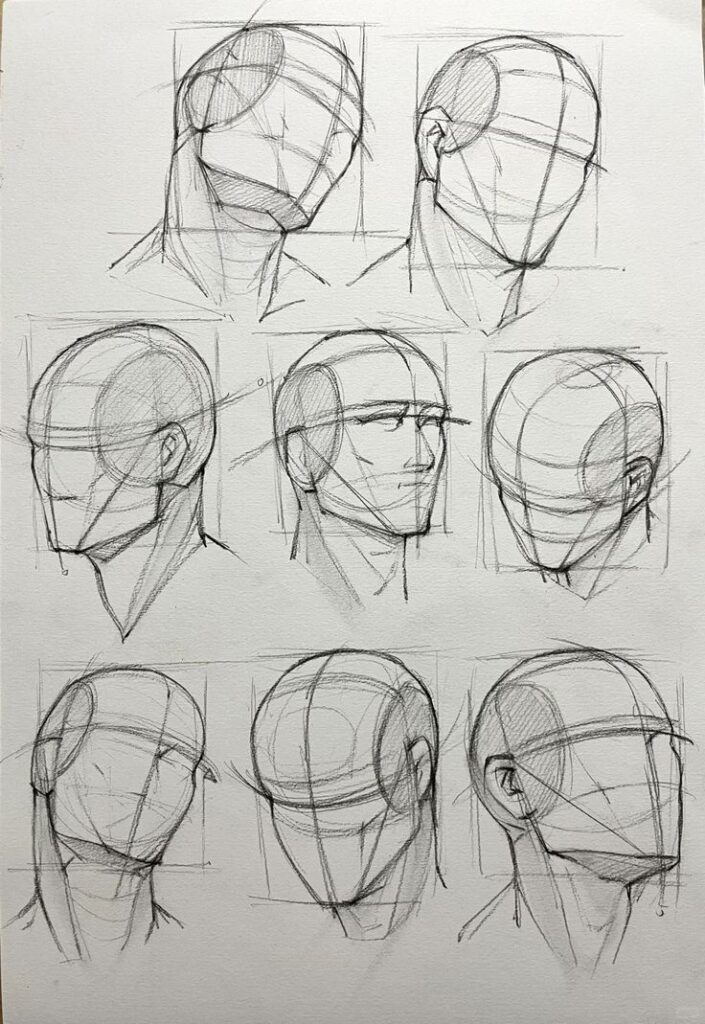

The foundation of a crying face starts with the face’s basic shape, usually a rounded or slightly “U” shaped outline. Eyes are key and are often drawn larger than normal to show tears and sadness clearly.
Eyebrows play a big role. They usually angle inward and down, like sad or worried shapes. The mouth often curves down or opens slightly, showing sadness or sobbing.
Other details like teardrops can be drawn under the eyes, with soft lines to keep a gentle look. Adding small curves for wrinkles or puffiness can make the expression more real.
Key Emotional Expressions
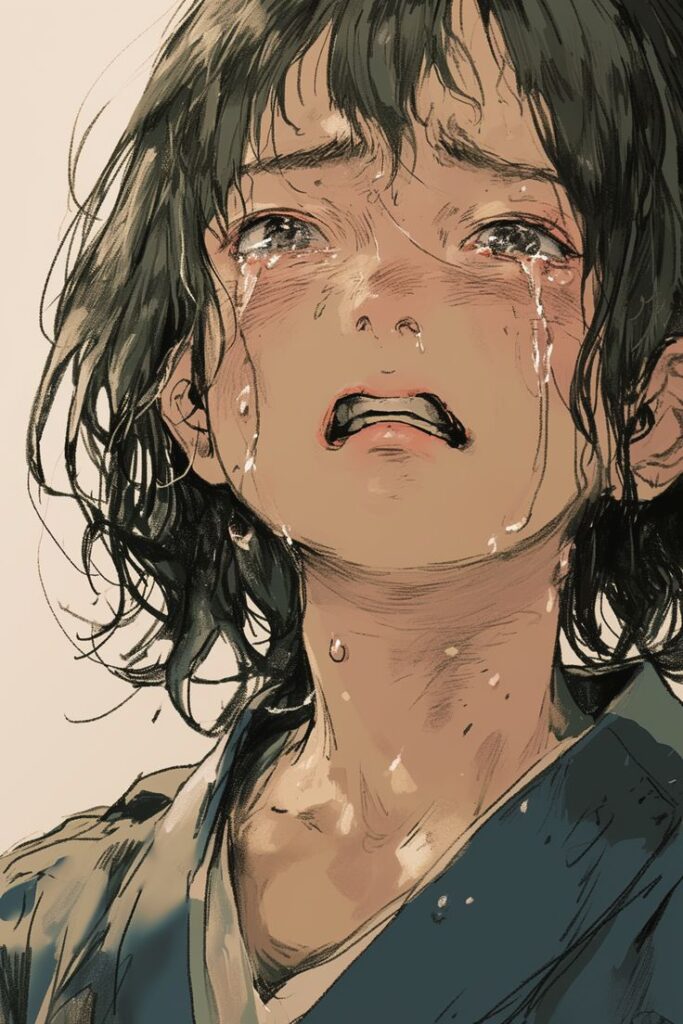
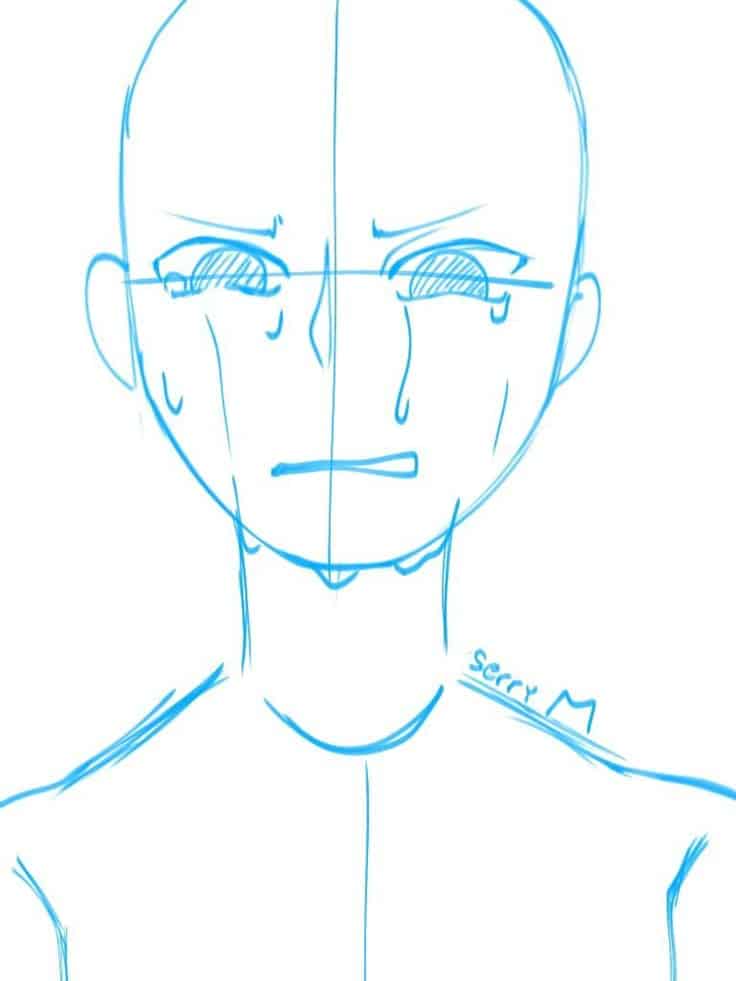
Crying faces mostly show sadness, pain, or upset feelings. The eyes get watery and may have tears running down. Eyebrows push together, like “shoulders” that slump, showing defeat or sorrow.
The mouth’s shape changes. It might be a small frown or a trembling lip. Sometimes the mouth opens slightly, as if someone is about to cry out or sob.
These changes work together to make the emotion clear. Accurate placement and soft curves help keep the expression gentle, not harsh or angry.
Materials and Tools Overview
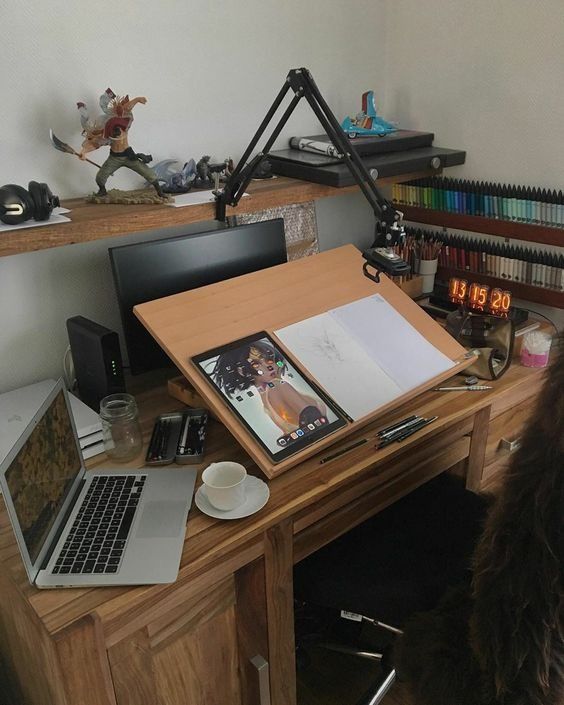

Simple tools work well for drawing crying faces. Pencil is popular for soft lines and easy shading. A good eraser helps fix small mistakes and create highlights in tears.
For coloring, watercolors or light markers add gentle washes of color, especially for skin tone and tear reflections. Thick, dark lines can be avoided to keep the look soft and emotional.
Paper with a smooth surface helps blend pencil or color easily. Having a range of pencils from hard (for light lines) to soft (for dark shading) can give depth to the drawing.
Step-by-Step Guide to Drawing a Crying Face
Drawing a crying face means capturing sadness with clear shapes and details. The face shape sets the base, tears add realism, and eyes express deep emotion. Each part needs careful attention to make the drawing feel honest and natural.
Sketching the Basic Face Shape
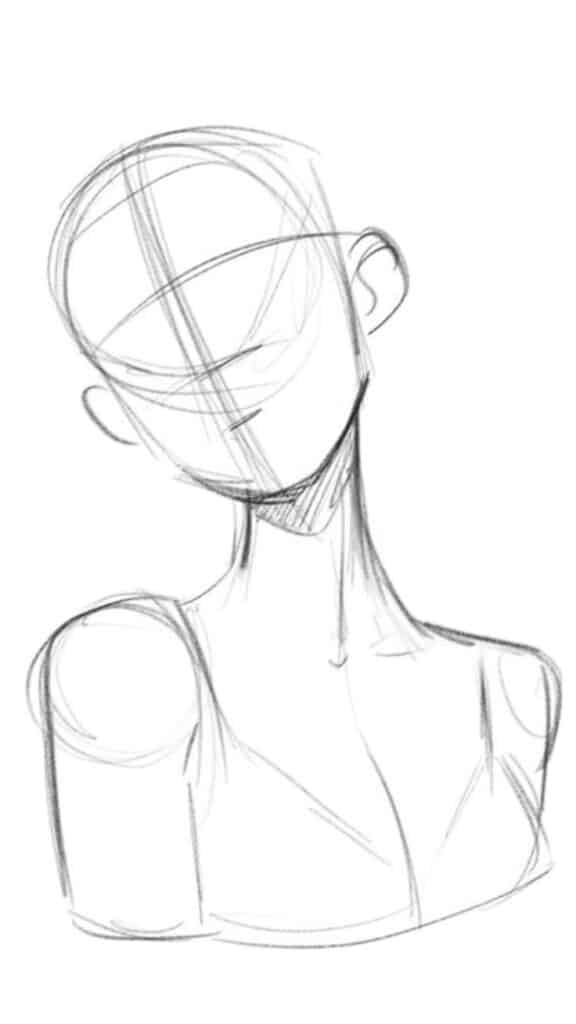
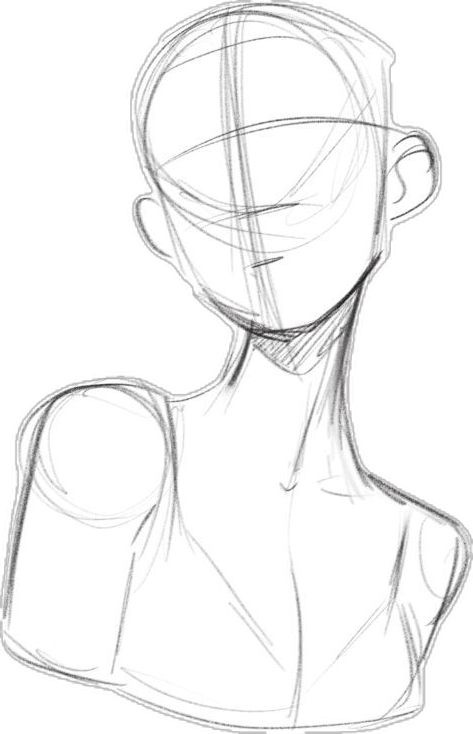
Start by drawing a simple oval or circle for the head. Light lines work best so changes can be made easily. Sketch the jaw and cheeks softly to give the face its form without sharp edges.
Mark the center line vertically and horizontally. These lines help place the eyes, nose, and mouth in the right spots. The eyes usually sit on the horizontal line near the upper half of the face.
Add the neck and guide lines for where the eyebrows and lips will go. Keep the shapes soft and round to reflect a gentle, sad expression. Avoid making the face too sharp or harsh.
Drawing Realistic Tears
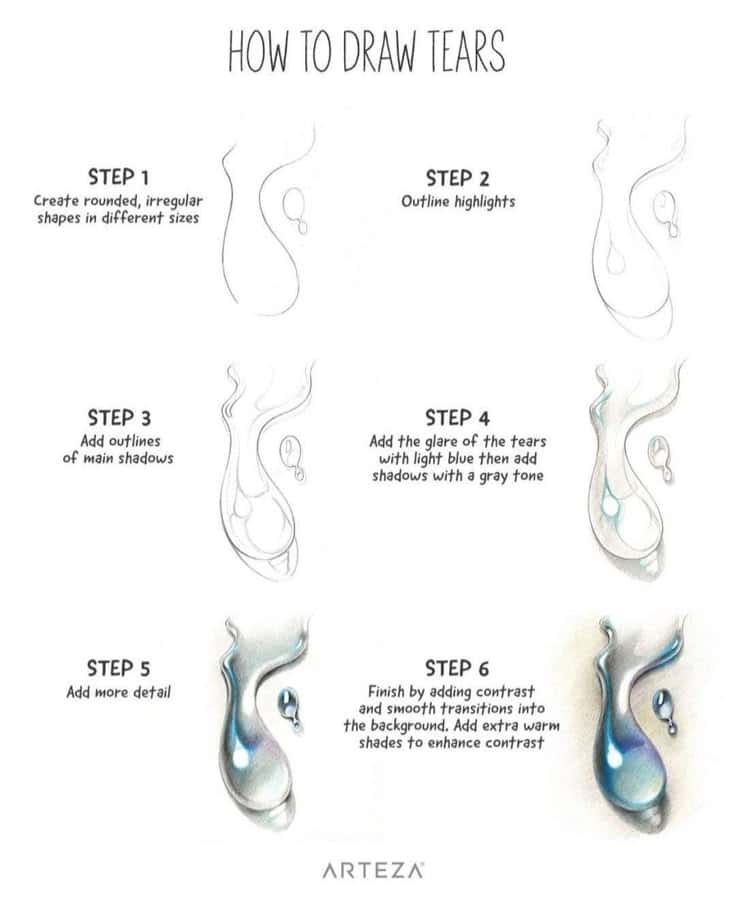
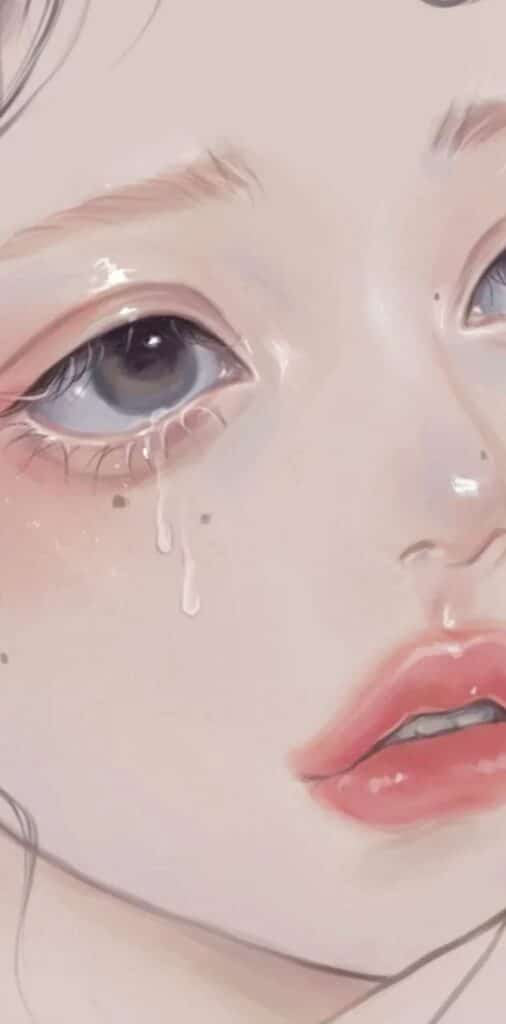
Tears are key to showing crying. Begin with small, round blobs at the corners of the eyes. Use curved lines that flow down the cheeks to make them look like they are falling.
Add highlights to the tears with tiny white spaces or lighter shading to show shine. This makes tears look wet and real.
Draw tears thick near the eyes and taper them as they move downward. Tear drops can collect at the bottom of the eyes or run in streaks down the face.
Avoid making the tears flat. Use a mix of light and shadow to give them volume.
Depicting Expressive Eyes
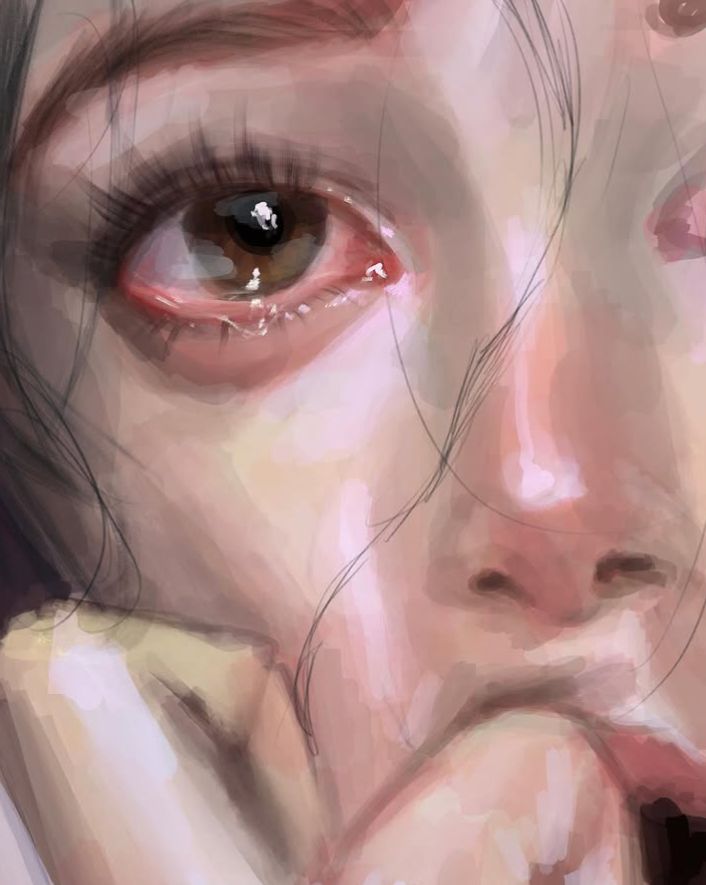

Eyes show sadness best. Start with the eye outlines, focusing on a slightly squinted shape. This shows tension from crying.
Draw the irises and pupils smaller to add to the feeling of discomfort or sadness. Add shine or reflections inside the eyes to make them look moist.
Brows play a big role here. Draw them slanting inwards or curved downward to suggest pain. Avoid stiff, straight lines for the eyebrows.
Finally, show small wrinkles or lines near the eyes. These lines help give the face emotion and a more natural look.
Techniques for Adding Depth and Emotion
Adding depth and emotion to a crying face drawing depends a lot on how light and shadow are used and how certain facial parts move. Small details in the eyes, mouth, and brows help make feelings clear. Paying attention to these areas can bring the drawing to life.
Shading for Intensity

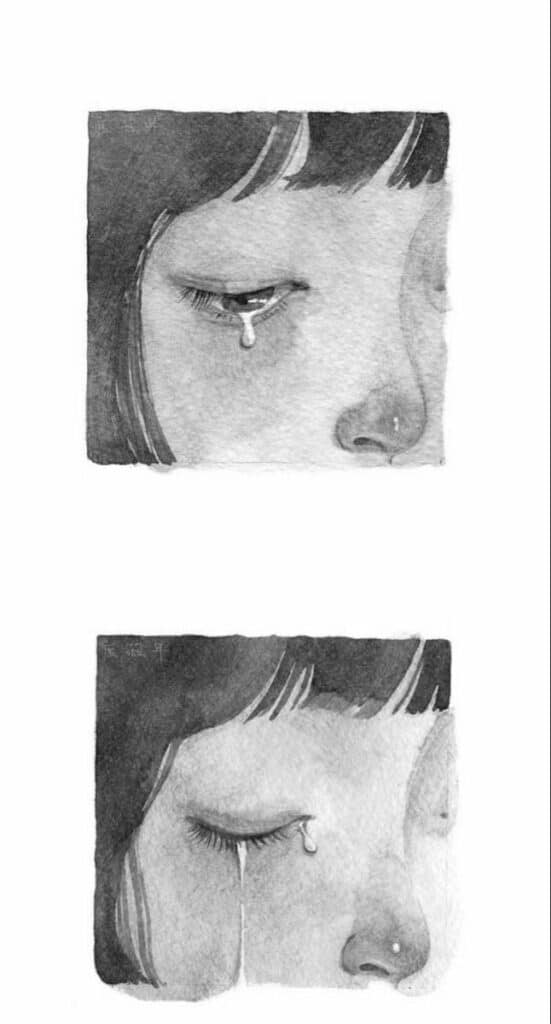
Shading plays a key role in making a crying face look more real and emotional. Using soft shadows under the eyes can show puffiness or tears. Darker shading near the inner corners of the eyes adds depth and sadness.
Blending is important. Smooth shading on cheeks helps show wetness from tears or flushed skin. Light highlights can create a shiny tear effect. Using layers of light and dark tones makes the face feel three-dimensional and more believable.
Texture also helps. Adding fine lines around the eyes or on the skin suggests strain or stress from crying. Careful shading around the nose and under the mouth adds balance to the whole face.
Capturing Expressions in the Mouth and Brows
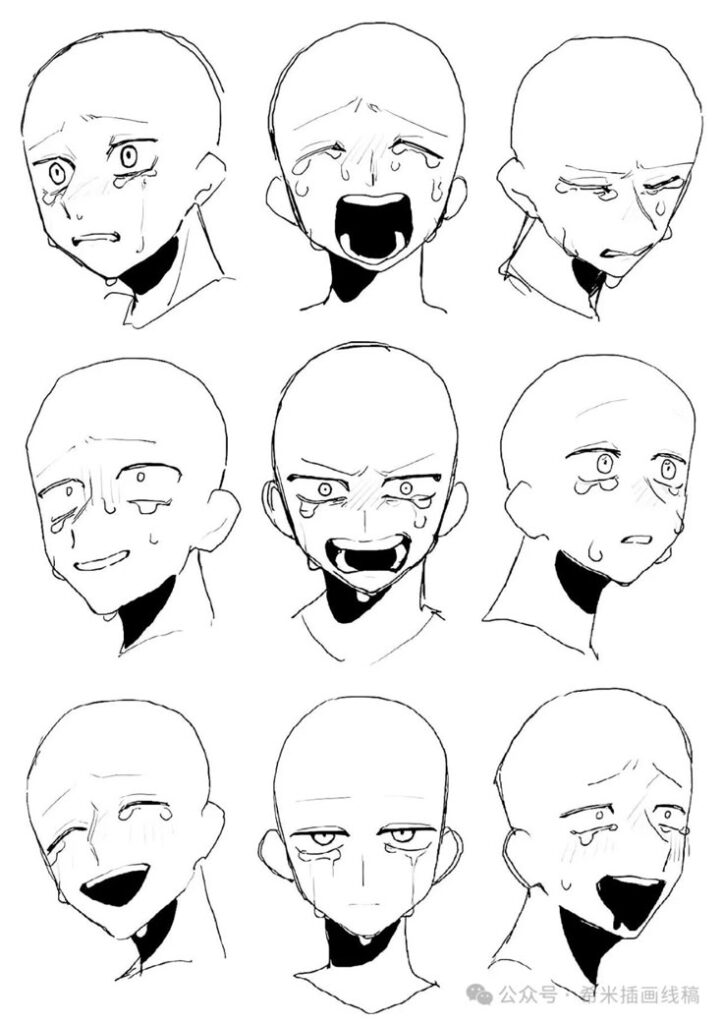

The mouth and eyebrows are key players in showing sadness. Eyebrows often pull together and angle up at the outer edges to show pain or sorrow. This shape signals distress clearly.
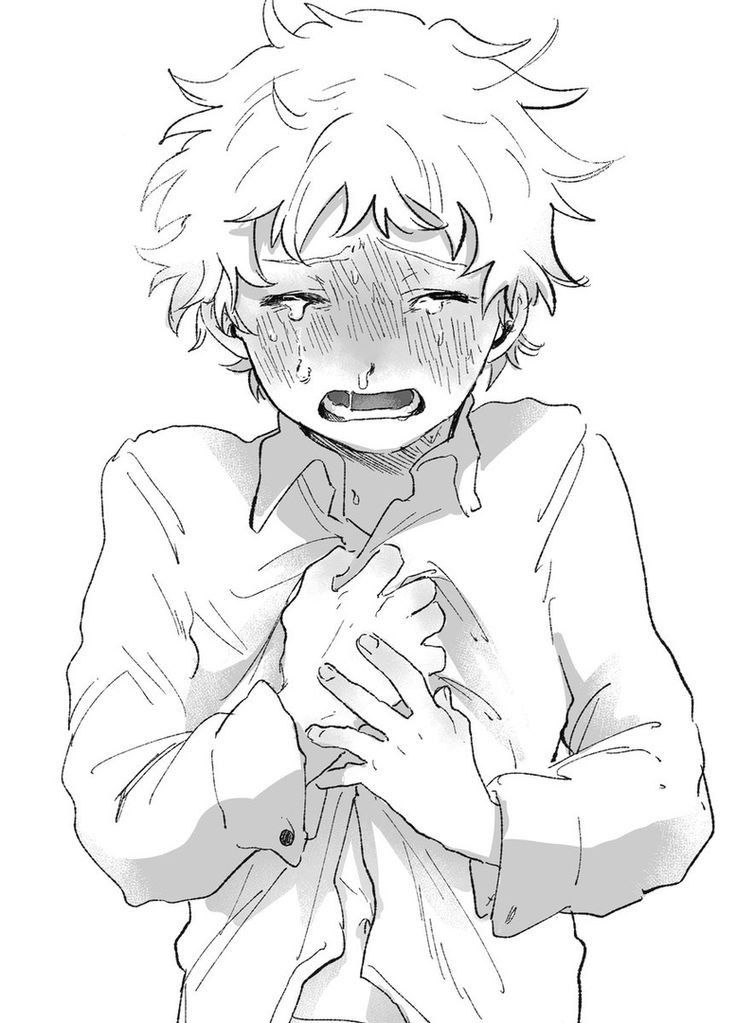
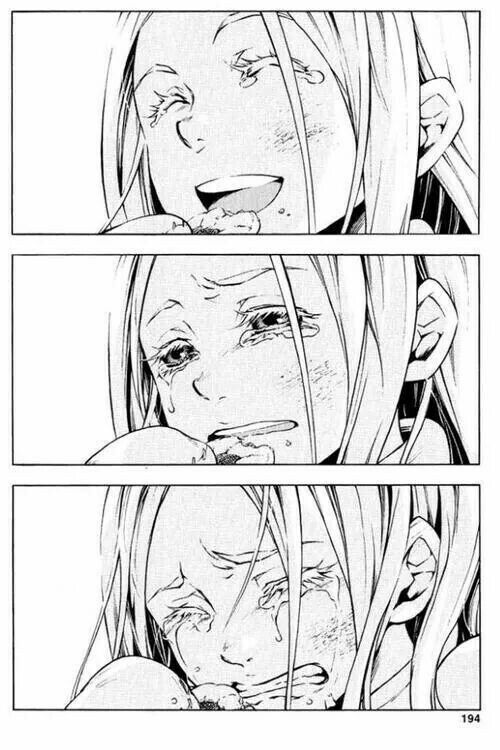
Mouth shapes vary. A small, trembling lower lip or a downturned mouth shows sadness. Sometimes the mouth is slightly open, which can show someone holding back sobs or gasping. Wide open mouths show intense crying or shouting.
Combining mouth and brow positions draws the viewer’s eye to the emotion. Small changes in these areas make a big difference in how strong the feeling appears. Practicing these details helps artists capture realistic crying expressions.
Common Mistakes and How to Avoid Them
Drawing a crying face can be tricky because it involves capturing subtle emotions like sadness or pain. Mistakes often happen with how expressive the drawing looks and where tears are placed on the face. Fixing these details will make the drawing feel more natural and real.
Over-Exaggeration Issues


A common problem is making the crying face too dramatic. Too many tears or extremely large eyes can make the drawing look fake or cartoonish. The key is to keep the expression believable.
Instead of drawing a flood of tears, artists should use a few well-placed drops. Eyes can show sadness by adding slight shine or small tears without overdoing it. Subtle changes in the eyebrows and mouth shape can also show emotion without exaggerating.
Using softer lines and avoiding harsh angles helps the face feel gentle and more natural. Small details often create a stronger emotional effect than big dramatic features.
Tear Placement Challenges
Tears don’t just float on the face; they follow gravity and the shape of the skin. One mistake is placing tears in unrealistic spots, like too high near the eyes or far from natural tear paths.
Usually, tears start near the lower eyelid and fall down cheek curves. Drawing tears in a straight line or too far to the side breaks realism. It’s important to remember that tear paths often curve slightly and catch light differently, making them shine or look wet.
Artists should also show tears pooling at the eye corners or trailing down the cheek in small slick lines. Paying attention to these points helps the crying face feel alive and believable.
Creative Styles and Inspiration
Crying face drawings can show many different emotions and moods. Artists choose different ways to express tears and sadness, which changes how viewers feel about the art. Using various styles and references helps artists improve their skills and find new ideas.
Cartoon vs. Realistic Crying Faces
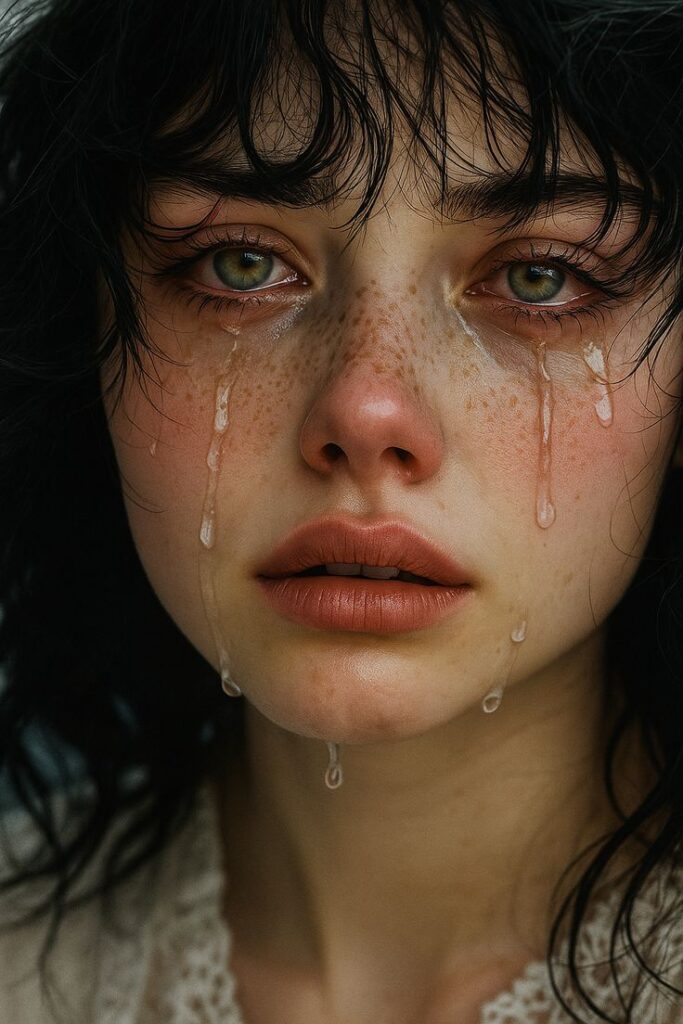
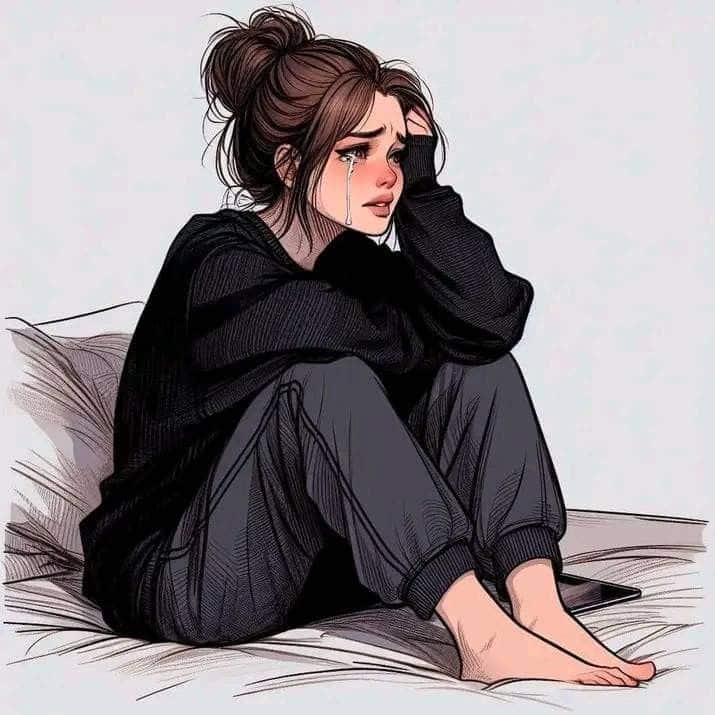
Cartoon crying faces often use simple lines and shapes to show emotion quickly. Big teardrops, curved eyebrows, and exaggerated expressions make the feeling clear. This style works well when the goal is to show sadness without too much detail.
Realistic crying faces focus on finer details like wet eyes, subtle tear trails, and skin texture. Artists pay attention to how light reflects on tears and how the face changes with emotion. This style needs more observation and patience but can create a strong emotional impact.
Both styles use eyebrows, eyes, and mouth in different ways to tell the story of sadness. The choice depends on the mood the artist wants to show.
Exploring Artistic References
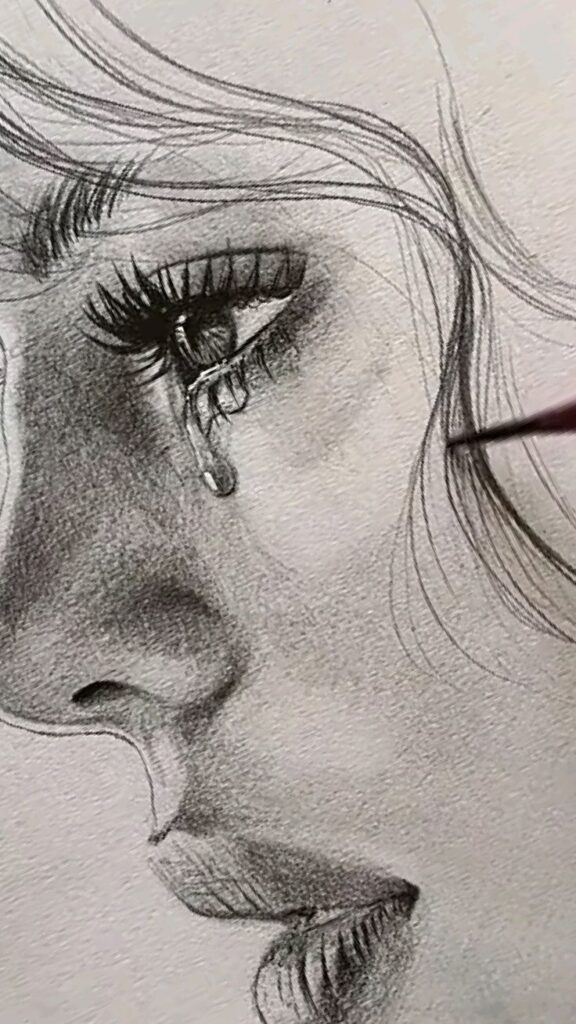
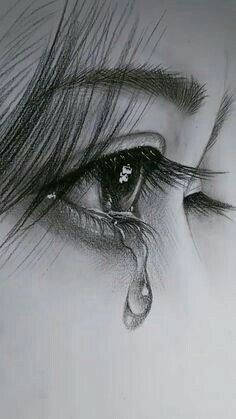
Using references helps artists draw crying faces more accurately. They may study photos, watch videos, or even mimic a sad expression in a mirror. This gives insight into how tears form and how facial muscles move during crying.
Many artists look at other drawings or paintings for style ideas. Pinterest and TikTok offer tutorials and step-by-step guides that show how to layer tears or shape eyebrows. These resources can inspire artists to experiment with different emotions.
Trying different approaches encourages creativity. Artists learn which techniques work best for them while also improving their ability to capture human feelings.
- 795shares
- Facebook0
- Pinterest795
- Twitter0
